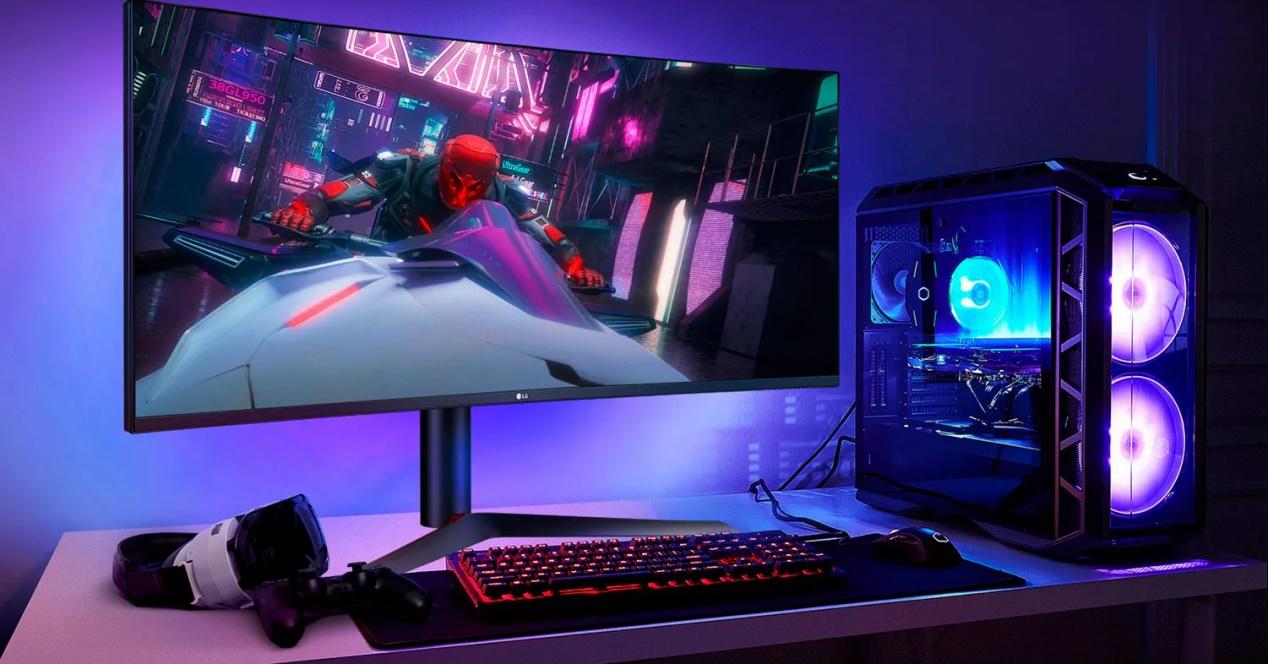Spending many hours in front of the computer screen is not good for our health. Many will notice after a few hours that they feel something, such as discomfort or itchy eyes. Some will notice a bit of tearing and some even a headache. All this is caused by the emission of this light which is inevitable, although it can be attenuated.
Chromatic aberration, a very important parameter
There is a very important setting in monitors, and that is the color accuracy. To define it in a simple way, it is the difference that exists between the colors that the monitor shows us and the true color. A parameter that for a fan of video games can be relatively important. But, those who are dedicated to photo and video editing, take this into account.
This difference between the color displayed by the monitor and the actual color is called chromatic aberration
If the value is: DeltaE <2, indicates that the color displayed by the monitor is indistinguishable by the naked eye from the actual color. But, when the value is: DeltaE> 5There is a more than obvious difference. Both for professional users and for fans of video games, this parameter is of great importance.
Monitors that focus on professional design will always have a value: DeltaE <2. On the other hand, we have monitors focused on offering a good color gamut, like gaming monitors where the value will be: DeltaE <4. Finally, the main part of monitors of the market and laptop screens They are usually between: Delta E> 3 and Delta E <6.
The problem is that when we buy a monitor with a blue light filter and activate it, we will see that there is a considerable deviation from the Delta E value, increasing it considerably.
Why does the color change so much with the blue light filter?
It turns out that the deviation in color accuracy is directly related to the light source of the screen. Currently the screens are based on LED panels. The problem is that blue light represents a very broad spectrum in LEDs. But in addition, the process of debugging them is complex and usually generates problems.
There is not always a clear color change with the blue light filter. When a software-level blue light filtering, the color variation can be greatly reduced. In effect, the signal is processed before the image is generated and the blue light is “suppressed”.
This method filters blue light in all bands. When this filtering is activated, the image of the the screen turns yellow and seems to fade lose shine. This makes the light output softer and less dazzling.
Usually, this blue light filter can be turned on or off according to user’s needs. When little color accuracy is required, it can be turned on to give your eyes a rest. If precision is required, it is disabled for a while and that’s it.
Blue light filter lenses
We can find a wide variety of glasses on the market that have lenses with a yellowish tint. These glasses “prevent” the passage of blue light. The problem with these glasses is that they are usually quite expensive and not designed for prescription glasses users.
One option for people who wear prescription glasses is to get glasses with this filter built in. In my case, last summer I had my eyes checked and bought prescription glasses with blue light filters. I must point out that this filter represented a significant additional cost. If I remember correctly, it was an additional cost of 80 dollars, but spending so many hours in front of the screen, for me it was essential.









